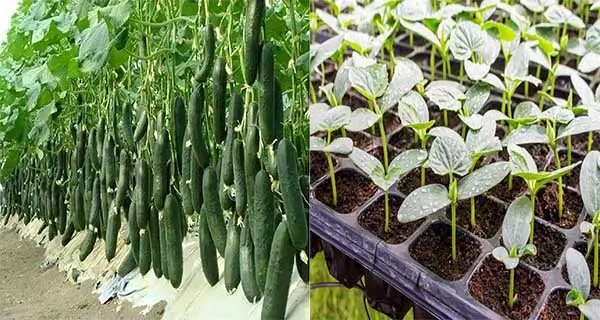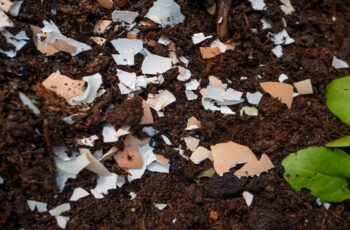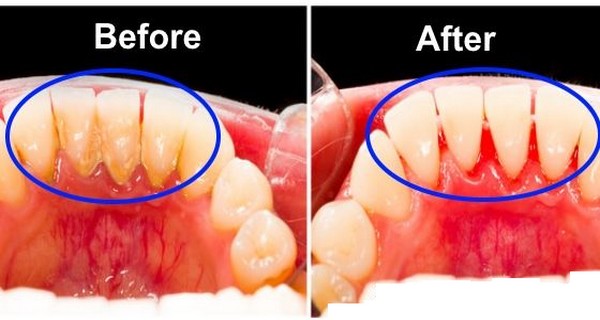Ad Blocker Detected
Our website is made possible by displaying online advertisements to our visitors. Please consider supporting us by disabling your ad blocker.

17 Deadly Mistakes to Avoid When Planting Cucumbers
Table of contents
- Introduction
- Choosing the Right Site
- Overcrowding the Seedlings
- Incorrect Soil Preparation
- Inadequate Watering
- Incorrect Harvesting
- Avoiding Pests and Diseases
- Using the Wrong Containers
- Avoiding Chemicals and Pesticides
- Not Rotating Crops
- Improper Mulching
- Not Checking the pH Levels
- Choosing the Wrong Varieties
- Avoiding Extremes in Temperature
- Not Providing Adequate Nutrients
- Not Planning for Succession Planting
- Not Pruning Correctly
- Ignoring the Weather
- Conclusion
Cucumbers are a refreshing and delicious addition to any garden, but there are plenty of mistakes that can be made when planting them. From inadequate watering to ignoring the weather, there are plenty of pitfalls you’ll want to avoid to ensure your cucumber crop is as successful as possible.
In this article, we’ll take a look at 20 common mistakes to stay clear of when planting cucumbers, so you can enjoy a bountiful and tasty harvest. So, grab a pen and paper, and let’s dive in!
1/Choosing the Right Site
So, you’ve decided to grow cucumbers? Great choice! But, before you start, you need to make sure you choose the right site for them to grow. This is crucial for a successful harvest.
Firstly, avoid areas with poor drainage. Cucumbers like well-draining soil, so if you plant them where water pools, they’ll be at risk of root rot. Secondly, avoid areas with too much shade. Cucumbers need a lot of sun to grow well. If they don’t get enough sunlight, they’ll produce fewer fruits, and those fruits may be misshapen and bitter.
Thirdly, avoid areas with too much wind. While cucumbers need air circulation to keep diseases at bay, too much wind can damage the plants, breaking stems, and uprooting seedlings.
So, make sure you choose a site that has good drainage, plenty of sun, and protection from strong winds. With the right site, you’re off to a great start.
2/Overcrowding the Seedlings
Overcrowding can be a tempting mistake to make when planting cucumbers. After all, you want to maximize your space and get the most out of your garden. However, this can cause your cucumber plants to struggle for resources and stunt their growth.
Using the correct spacing is essential to ensure that your cucumbers have enough space to thrive. Most cucumber varieties require about 12 inches between plants, but larger varieties may require up to 24 inches. Avoid overcrowding by sticking to these guidelines and resisting the urge to squeeze in too many plants.
Using supports for your plants is also crucial to prevent overcrowding and ensure healthy growth. Trellising or staking your cucumber plants can help keep them upright and allow more room for air circulation.
These methods make pruning easier, and it also helps avoid weak stems or rotten cucumbers developing from contact with the soil. Overall, giving your cucumbers space to grow and supporting them will boost their yields to ensure a fruitful harvest.
3/Incorrect Soil Preparation
Soil preparation is a crucial step in planting cucumbers if you want to achieve a bountiful harvest. The soil’s texture and quality significantly affect your plant’s growth, so you must ensure the soil is ready before planting. One important element of soil preparation is adding the necessary fertilizer to the soil.
Fertilizers provide plants with essential nutrients needed for growth, including nitrogen, potassium, and phosphorus. However, note that too much fertilizer could be harmful.
Always follow manufacturer labels and recommended application rates to avoid any adverse effects. Compacted soil is a common problem that can hinder cucumber growth. Compacted soil reduces the soil’s ability to hold water, and this usually leads to waterlogging and root rot. To avoid this problem, loosen the soil before planting using an aerator.
In summary, ensuring you have well-prepared soil is critical when planting cucumbers. Adding fertilizer and avoiding compacted soil are essential aspects of soil preparation. With thorough soil preparation, your cucumber plants will have the necessary nutrients and conditions to grow into healthy, fruitful plants.
4/Inadequate Watering
When it comes to watering your cucumber plants, it’s essential to do so correctly. Underwatering can lead to stressed plants and small, bitter fruit while overwatering can drown your plants and lead to disease.
To ensure proper watering, aim to provide about an inch of water per week, either through rainfall or irrigation. Water deeply and infrequently rather than shallowly and frequently to encourage healthy root growth.
Avoid overwatering by checking the soil moisture level before watering, and only water if the top inch of the soil feels dry. Using a soaker hose or drip irrigation system can also help prevent overwatering.
Remember, the key is to keep your cucumber plants consistently hydrated, but not waterlogged. Happy plants mean a bountiful harvest of fresh, delicious cucumbers.
5/Incorrect Harvesting
When it comes to harvesting cucumbers, timing is everything. Wait too long, and your cucumbers will become bitter and tough. Harvest too early, and they may never fully develop. It’s important to keep an eye on your plants and harvest cucumbers as soon as they reach the desired size and color. But be careful not to damage the plant in the harvesting process.
Cucumbers are delicate, so use a sharp knife or pruning shears to cut the fruit from the vine, being sure not to pull or twist it off. Avoid breaking off any leaves or stems, which can damage the plant and reduce its yield.
Remember, a happy cucumber plant is a productive cucumber plant. And by following these harvesting tips, you’ll ensure a bountiful crop of delicious cucumbers that will make all your neighbors jealous.
6/Avoiding Pests and Diseases

When it comes to growing cucumbers, pests and diseases can be major obstacles. However, using natural pest control methods can help to keep your plants healthy without the use of harmful chemicals.
This can include using natural predators or repellents, such as ladybugs or neem oil. It’s also important to monitor your plants regularly for early signs of disease. This includes checking for wilting, yellowing, or other discoloration on the leaves.
If you spot any issues, it’s best to address them quickly before they become a bigger problem. By using natural pest control methods and staying vigilant for signs of disease, you can help to keep your cucumber plants healthy and strong throughout the growing season.
So don’t let pests and diseases get the best of your crop – take steps to protect your plants and enjoy a bountiful harvest!
7/Using the Wrong Containers
Choosing the Wrong Containers: Don’t make the mistake of choosing the wrong container for your cucumbers to grow in. It’s important to choose a container that is the right size and has proper drainage.
A container that is too small can restrict the growth of your cucumbers and a container that doesn’t drain properly can lead to root rot. When choosing your container, also consider the type of soil and support you’ll be using.
Cucumbers require well-draining soil that is rich in organic matter. A support system such as a trellis or stakes can help your cucumbers grow vertically and save valuable space. In short, choosing the right container can make all the difference in the success of your cucumber crop. So take your time and choose wisely.

